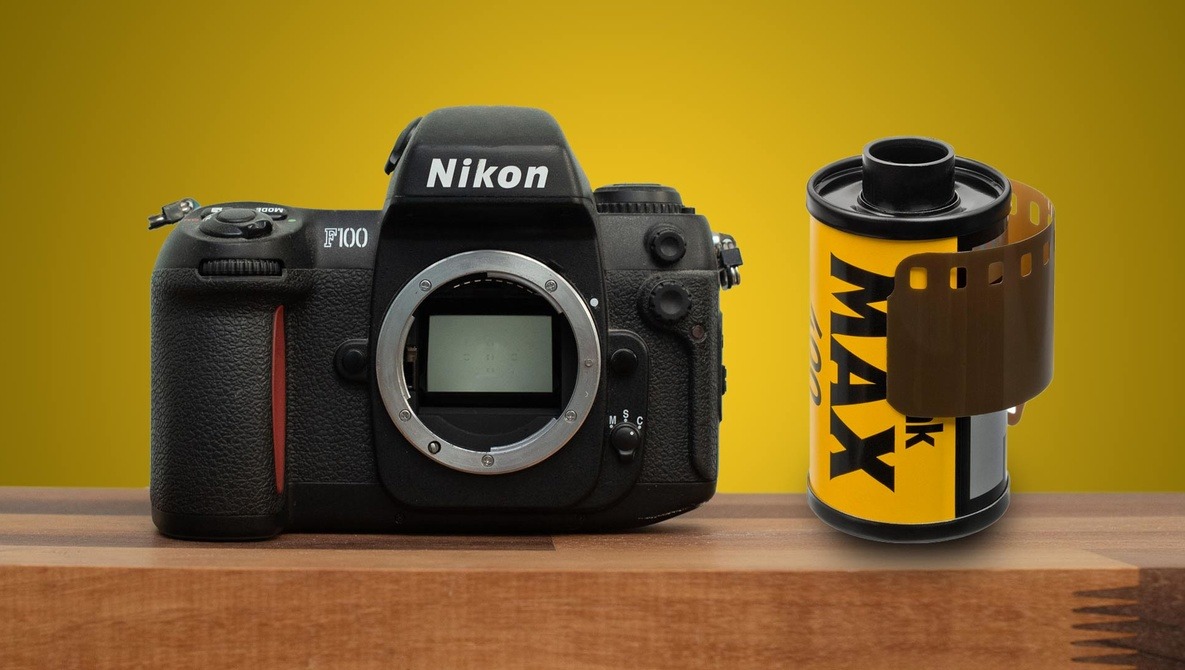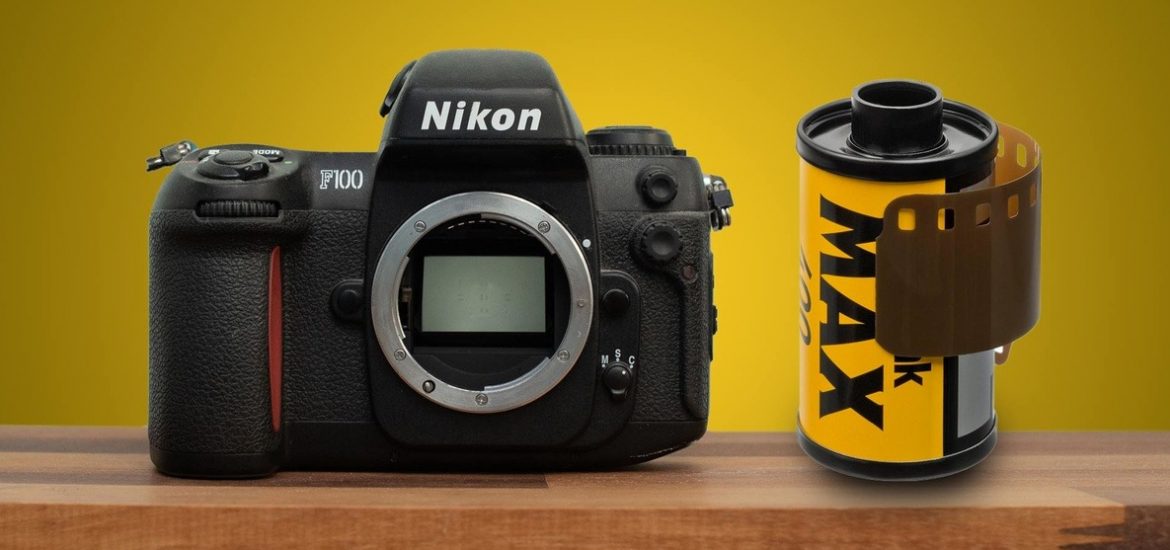
I went back to shooting film recently, and I couldn’t believe how different the process was. It isn’t just taking a photo without the live view screen, it really is a different world. A world that you should experience if you want to improve as a photographer.
Film photography has been around far longer than digital photography, that’s kind of obvious. But it’s not always about actual film, there’s glass, metal, paper and more physical media which you can use to produce a photograph. However, I’ll be using the term film as a catch-all word to denote analogue photography here.
I started out shooting 35mm film when my dad first handed me a point-and-shoot when I was six years old. I was incredibly lucky to be in a position to take photos at such a young age, and despite nearly using the entire roll of film before we even got to our destination (the train station) I’d already started to learn some of the five reasons I think you should give film photography a go.
Whether you used to shoot film like I did, but have since moved to fully digital, or perhaps you’ve never shot film before, I encourage you to pick up a film camera and give it a go. I did this recently and was blown away by the amount of stuff I was missing shooting digital exclusively for so many years. Despite what anyone else says I find it is different from shooting digital and it can hone some very important photographic skills you’d otherwise underuse. So let me describe my five reasons why you should get back into film.
1. Discipline
Film photography forces me to become much more disciplined in my approach to shooting. I have to triple-check my exposure settings, perhaps use a light meter to analyze the scene, and before all that I have to make up my mind whether I’m shooting indoors or outdoors because the white balance of the film is preset — there’s no switching part-way through. I can’t even take a test shot first to see what my settings yield because I can’t view it and I’d also be wasting a frame on my roll.
Because of the planning I have to put in place before I head out, I’ve found a higher degree of success. The permanence of film means there’s less flexibility when it comes to editing, especially if you use a lab to develop your prints and don’t do this part yourself.
2. No Do-Overs
Speaking of permanence, that’s one thing that makes a huge difference to your approach to photography compared with the limitless nature of digital. Once you’ve taken the shot that’s it, depending on how many rolls of film you have. Just like taking that trip of a lifetime to the place of your dreams, the image can’t be taken again once you’ve run out of film. Because of this, I found myself being much more careful with my trigger finger. Only letting off frames when I’m completely happy with everything in front of me.
This isn’t to say I have a cavalier, spray-and-pray approach to shooting when I have my digital camera, but because I have all the memory space I could want, it doesn’t bother me if I have to delete a frame. Whereas, with film, I can feel each shot costing money and time to develop so I’m much more precious with my shooting.
3. Stay in the Moment
With the absence of any kind of live view rear screen, I found myself taking the shots, then putting the camera away and engaging with my surroundings again. Whether that’s the incredible landscape I was standing in front of, or interacting with my dog when out on a walk. I didn’t get time to “chimp” because there’s nothing to look at, so because of this, I felt more connected with whatever I was shooting. In turn, this allowed me to see what I was really wanting to capture, the essence of what made my subject interesting to me. Therefore, I feel that I was able to be more authentic with my photography and able to capture more of what was of interest to me.
4. It’s Inexpensive
Sure, you can spend loads on high-end film cameras and top-quality film, but there are plenty of secondhand, cheap SLRs and compacts out there so that anyone can get started for just a few bucks. There are even some incredibly decent lenses out there for a fraction of the cost they were when new. Film isn’t all that pricey either if you’re not looking for the highest quality. I understand that some may say that it’s expensive per shot, but if you’re just dipping your toe in the film photography world it isn’t that bad to get a few rolls and snap away. You could probably pick up an SLR, lens, and a roll of film for around $25 if you look in the right places. You could just about buy a memory card or a bag for that these days.
5. Infinite Resolution
Technically, there’s no limit to the detail you can capture with film as you aren’t beholden to pixel density, image resolution, or bit depth. That means ultra-realism and sharp edges that digital cameras just can’t compare with. Technically, the resolution is infinite with film so no matter how much you “zoom” in there’ll be no aliasing of edges. However, there are limitations in other respects, for example, film grain and dynamic range. Film types vary though, and getting the right one for the type of photography you want to do is crucial to improving your work.
So those are my top five reasons for why you should get back into shooting film, or if you haven’t shot film before, why you might want to consider trying it. It’s honestly not like digital, there are many more restrictions but because of those limits, you can turn yourself into a better photographer. One with a sharper eye, more connected to your subject, and more disciplined over every shot. Head back to digital afterward and you might just find your workflow has changed. I know it has for me, I now have to sift through far fewer photos when editing in Lightroom at the end of a long day, and that saves both time and money.
Lead image made in part with content by Evan Amos used under Creative Commons
